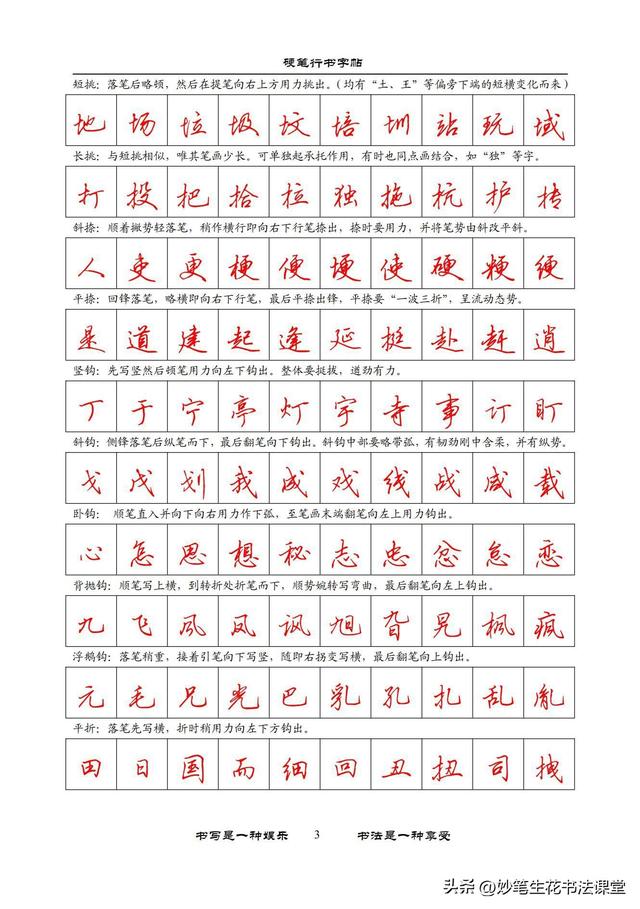英语句子的组织和信息排序

Firstly / Secondly
当你阐述一系列的观点时,你可以使用 firstly 和 secondly 来描述第一个和第二个观点,随后, 你可以用 “The third point,” ”The fourth point,” 等, 还可以用“in addition.” 来表达你还有其它的观点。
注: In addition, moreover, 以及 furthermore 是非常正规的英语表达方式。在非正规的英语口语中,我们通常会使用 plus, what’s more, 以及 besides等表达方式。
Lastly / Finally
对于最后一个观点,你可以用lastly 或者 finally来阐述观点。这些单词可以让读者或听众明白,你要结束该段写作或演讲。
the former / the latter
You can use these words to refer back to two examples previously mentioned:
Our company has two factories: one in Detroit and one in Atlanta. The former is operating at 95% capacity and the latter at 65%.
In this case, “the former” = the factory in Detroit, and “the latter” = the factory in Atlanta.
你可以用这些词来指代前面提到的两个例子:
Our company has two factories: one in Detroit and one in Atlanta. The former is operating at 95% capacity and the latter at 65%.
在本例中“the former” = the factory in Detroit, 而 “the latter” = the factory in Atlanta.
。
信息的总结
这里有一些英语短语,你可以用来总结你已经说过或写过的信息。一般来说,这些短语放在句子的开头,后面用逗号。
- • In short,
- • In summary,
- • To summarize,
- • In conclusion,
- • In a nutshell, (非正规)





